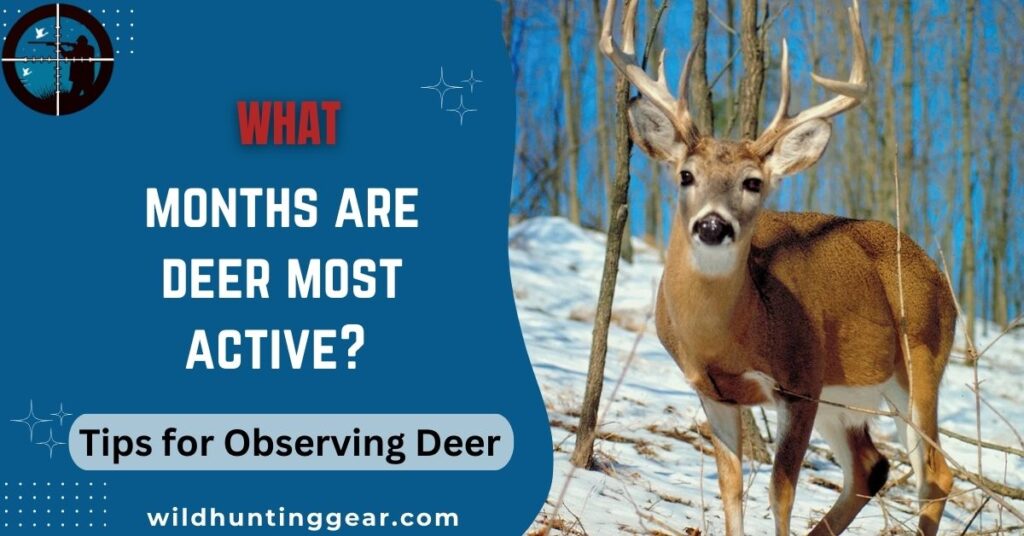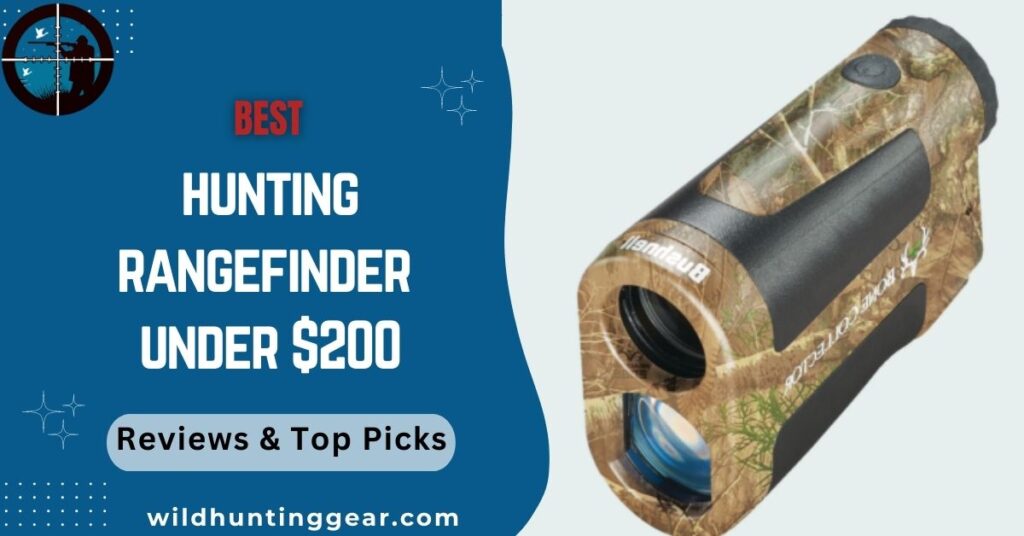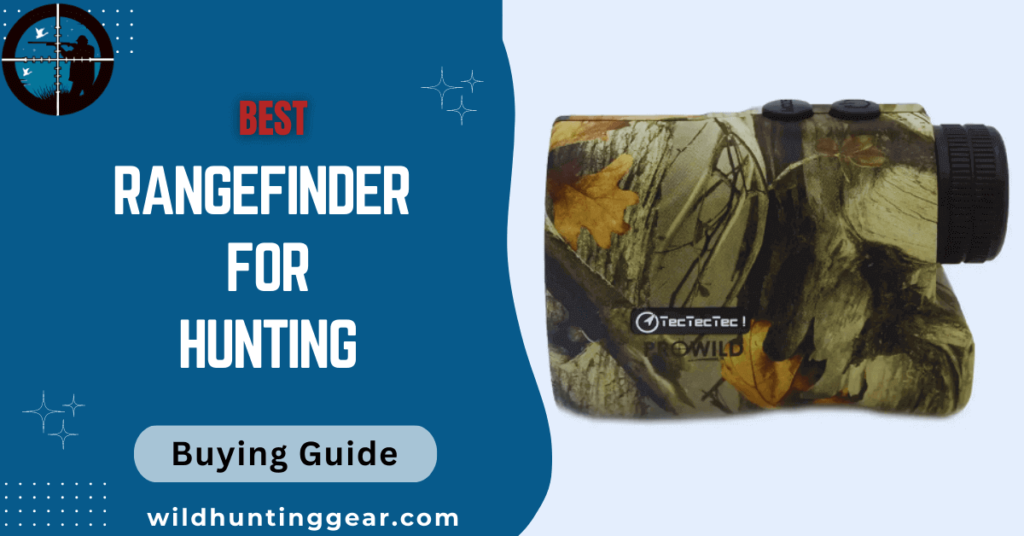Deer are a fascinating staple of North American wildlife and their activity patterns continue to captivate hunters, hikers and outdoor enthusiasts alike. Throughout the year, deer activities change due to various environmental factors, such as weather conditions, habitat characteristics and human influence.
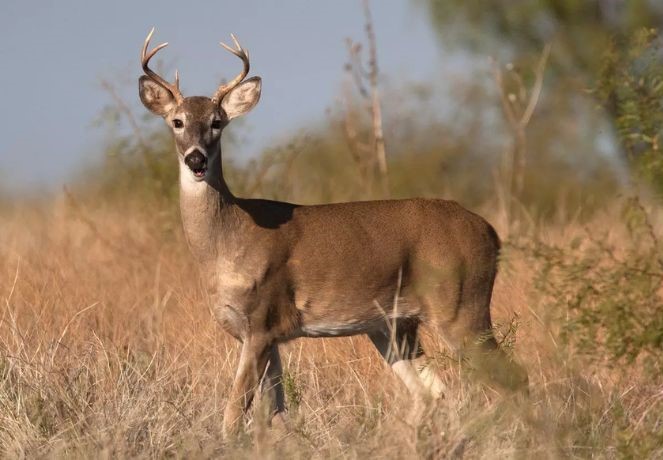
In this article, we’ll delve into the reasons behind these fluctuations, identifying the most active months and offering tips for those seeking to observe and manage these majestic creatures.
Deer are most active during the cooler months of the year. In North America, this typically coincides with the fall season, from October to early December. This period, often referred to as the ‘rut’, is the deer mating season and it’s during this time that deer, especially bucks, are most visible and active as they’re seeking mates. They tend to be on the move throughout the day, increasing the chance of sightings. However, keep in mind that exact timings can vary based on geographical location and local climate conditions.
In summary, the most active months for deer are October to early December and late February to April. However, it’s worth noting that deer can be active at any time of the year, depending on external factors.
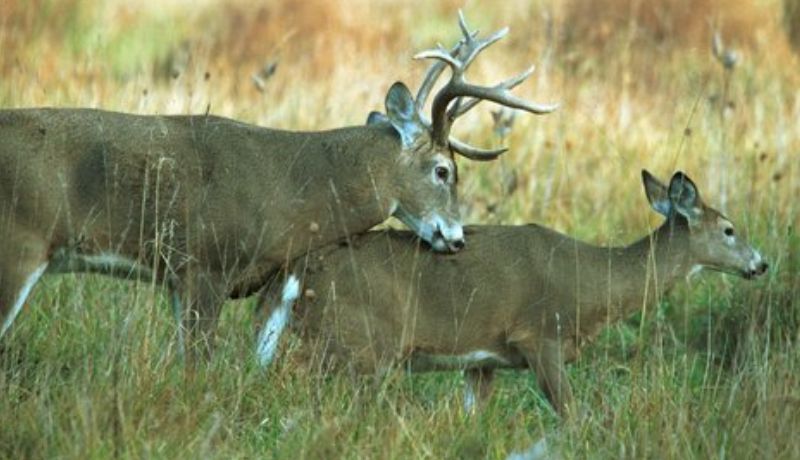
The Rut and its Significance
The rut, also known as the mating season, holds significant importance in a deer’s life. It’s this period when bucks, driven by their natural instincts, go in search of mates for mating. The rut typically takes place in the fall and is characterized by heightened deer activity. Bucks will often mark their territories with scrapes and rubs on trees and showcase aggressive behavior as they compete for mating rights.
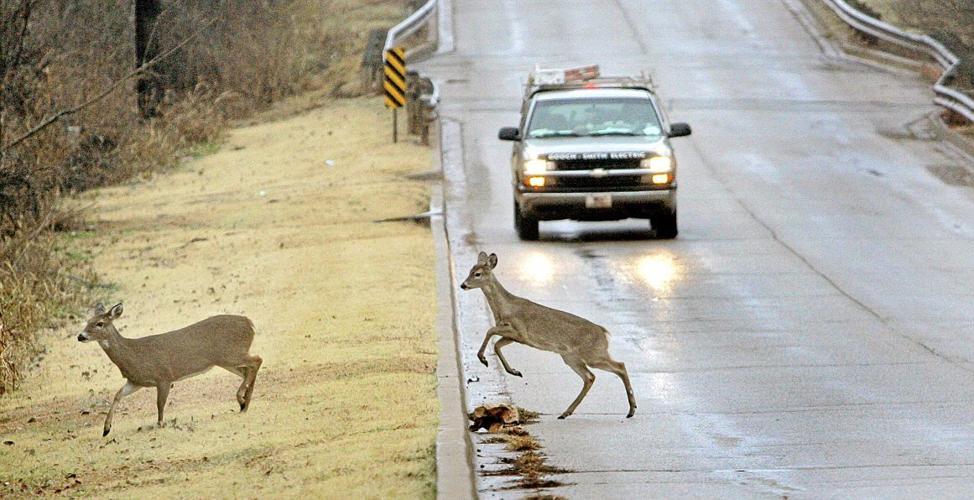
For outdoor enthusiasts, this time offers a unique opportunity to observe deer behavior at its most intense. However, it also presents certain risks, such as deer-related vehicle accidents, as bucks heedlessly cross roads in their pursuit. Understanding the rut’s significance is critical for both wildlife management and those sharing their environment with deer. This knowledge can help in maintaining a healthy deer population and minimizing human-deer conflicts.
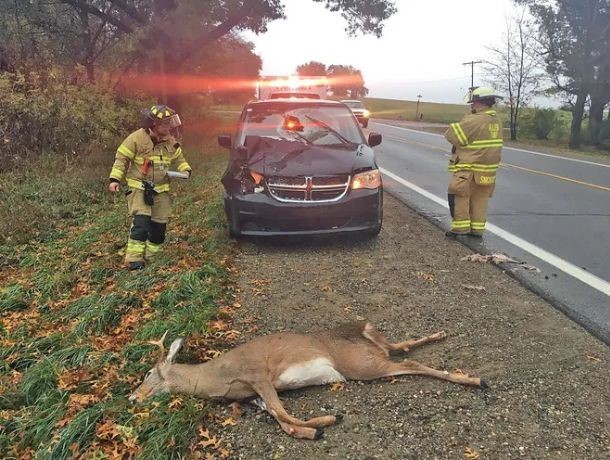
Factors Influencing Deer Activity Across the Seasons
Spring: Mating Season’s Impact on Deer Movement
During the spring months, deer activity is largely driven by the mating season. Bucks roam territories in search of female partners, which causes heightened levels of movement. Fawns are also born in the spring, causing them to remain nearby and more visible as they closely guard their fragile offspring.
Summer: Feeding, Growth and Day-Night Activity Differences
As the summer months progress, deer activity shifts towards feeding and growth. During this time, both bucks and does focus on accumulating energy reserves in preparation for the rut and winter. Additionally, deer are more likely to be active during nighttime hours, taking advantage of the cooler temperatures and avoiding common daytime predators such as humans.
Fall: The Rut and Hunting Season’s Effect on Deer Behavior
In the fall, deer activity is heavily influenced by two major factors: the rut and hunting season. The rut, or mating season, triggers significant behavioral changes in both bucks and does, leading to increased movement as they seek suitable partners. It is essential for hunters and wildlife enthusiasts to be aware of the risks associated with the rut, like heightened aggression and roadway accidents due to deer crossing.
Concurrently, hunting season affects deer activity as they adapt to the presence of human hunters in their environments. Hunting pressure can cause deer to alter their movement patterns to avoid potential dangers, which can result in increased nocturnal activity and more cautious behavior.
Winter: Cold Weather and the Search for Food
Deer activity during the winter months is substantially influenced by cold weather conditions and the need to find food and shelter. With lower temperatures and reduced food availability, deer must conserve energy by limiting their movements. This often leads to decreased daytime activity and a heightened focus on locating secure, abundant food sources.
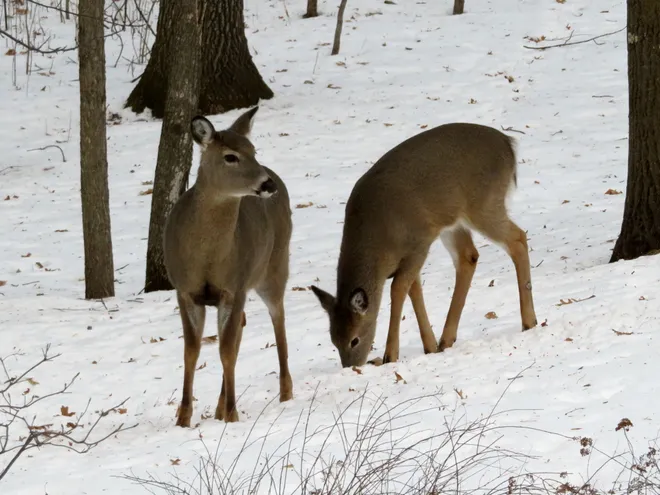
Tips for Observing and Managing Deer
Observing and managing deer can be a rewarding experience if done correctly. Here are some tips to enhance your deer watching and management activities:
- Know Their Habits: Understanding deer’s daily and seasonal routines can significantly improve your chances of spotting them. Remember, deer are most active during dawn and dusk and their behavior changes with the seasons.
- Silence and Patience: Deer are incredibly alert and sensitive to disturbances. Therefore, remaining quiet and patient can increase your opportunities for observation.
- Invest in Good Binoculars: A pair of quality binoculars can make a significant difference when observing deer, especially if you’re maintaining a respectful distance to avoid disturbing them.
- Deer Management: If managing deer on your property, consider planting food plots with crops favored by deer. Also, providing a water source and ensuring safe, undisturbed areas for bedding can help keep deer populations healthy and thriving.
- Ethical Hunting: When hunting, always follow ethical practices. Only hunt during the designated season, respect bag limits and aim for a quick, humane kill.
- Stay Safe: Deer can pose certain risks, especially during the rut. Be aware of aggressive deer and be cautious during deer crossings to avoid vehicle accidents. Always wear bright, visible clothing while in the forest during hunting season to distinguish yourself from your surroundings.
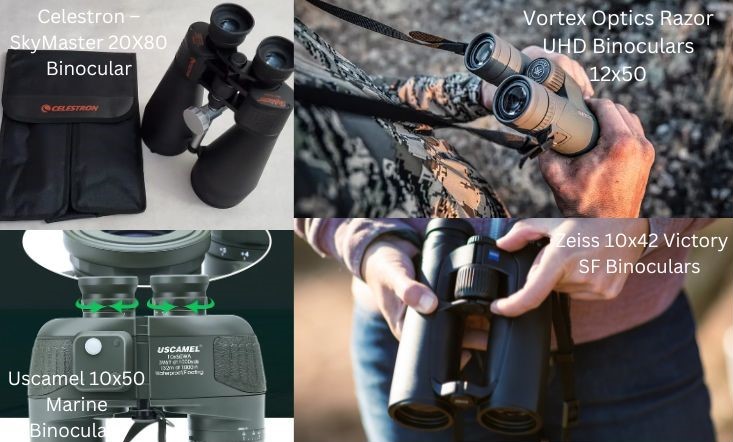
Human Influence on Deer Activity
Human activity significantly impacts the behavior and patterns of deer. Urban development and the expansion of road networks often disrupt deer habitats, leading to changes in their migratory routes and increased deer-vehicle encounters.
1) Mitigation Measures for Human-Deer Conflicts
Human-deer conflicts often arise due to habitat encroachment and the resulting changes in deer behavior. Several mitigation measures can be taken to minimize these conflicts and ensure cohabitation. Fencing and other physical barriers can be used to restrict deer access to specific areas such as roads and gardens.
The use of repellents and scare devices can also deter deer from certain spaces. In more severe cases, managed hunting and relocation programs can help control deer populations and reduce the risk of conflicts.
2) The Role of Wildlife Conservation Efforts
Wildlife conservation plays a crucial role in maintaining balanced ecosystems and preserving biodiversity. For deer, these initiatives often involve habitat restoration, monitoring population dynamics and implementing sustainable hunting guidelines.
Through these efforts, we can ensure the survival of deer species and the preservation of their natural behaviors. Additionally, education programs and community involvement can foster a greater understanding and appreciation for wildlife, encouraging responsible human interaction with deer and other species.
3) Living in Harmony with Deer
Understanding and respecting the biological and behavioral complexities of deer is key to coexisting peacefully with these creatures. By considering the factors influencing deer activity, implementing effective management strategies and participating in wildlife conservation, we can minimize human-deer conflicts and learn to appreciate the unique contributions deer make to our natural ecosystems.
As we continue to share our landscapes with wildlife, we must strive to foster a relationship of mutual respect and stewardship. By doing so, we can ensure the continued survival and thriving of deer populations for generations to come. So, let’s all work together to live in harmony with these majestic creatures.
Observing and Tracking Deer Activity
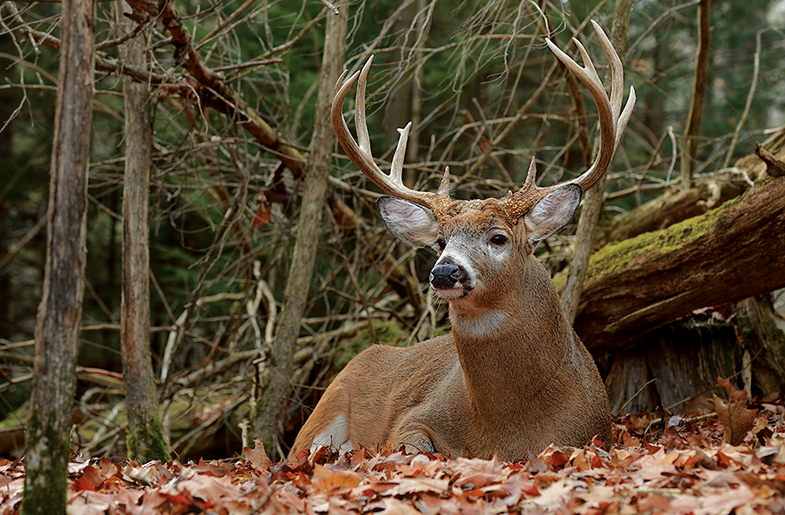
Observing and tracking deer activity is a skill that can be honed with practice and understanding of their behavior. Here are some tips to assist in effective observation and tracking:
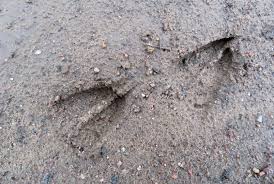
- Look for Physical Signs: Deer leave behind several physical signs such as tracks, droppings, rubs and scrapes. Understanding these signs can give you insights into where deer have been and where they may be headed.
- Understand Deer Tracks: The shape, size and direction of deer tracks can provide valuable information. Larger tracks often belong to mature deer. The direction of the tracks can indicate where the deer was heading.
- Identify Feeding and Bedding Areas: These are the places where deer spend most of their time. Identifying these areas can help predict deer movement and behavior.
- Use Trail Cameras: Trail cameras are a useful tool for observing deer activity without disturbing their natural behavior. The cameras can provide valuable data about the size and habits of the deer herd.
- Keep Weather and Time of Day in Mind: Deer activity is influenced by weather and time of day. They are typically most active during dawn and dusk.
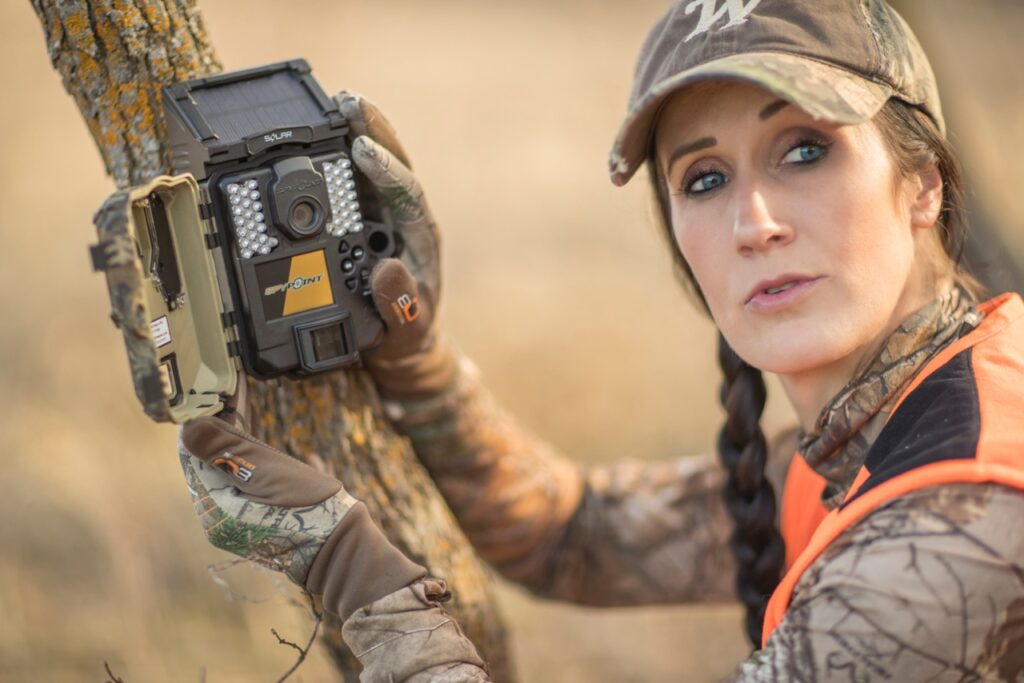
By keeping these tips in mind, you can enhance your ability to track and observe deer, leading to a richer understanding of these fascinating creatures.
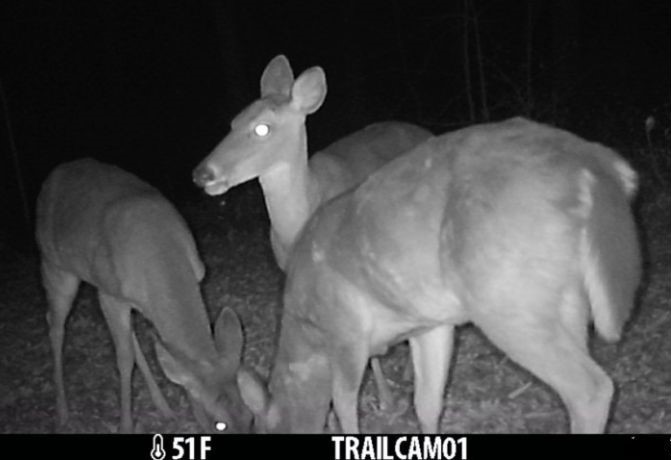
Conclusion:
Understanding the most active months for deer can greatly benefit hunters. By knowing when deer are most active, hunters can plan their hunting trips accordingly and increase their chances of a successful hunt. Additionally, being aware of these peak months can also aid in implementing effective hunting tactics based on deer behavior during these times.
As we have discovered throughout this post, the activity levels of deer vary depending on factors such as seasonality and also breeding cycles. Therefore, it is crucial for hunters to do thorough research and consult with local experts before heading out to hunt during the projected peak months for deer activity.
Whether you prefer archery or rifle hunting, having a good understanding of the most active months for deer will undoubtedly improve your chances of having a successful hunt. So, don’t wait any longer – get out there and put your newfound knowledge to use!
